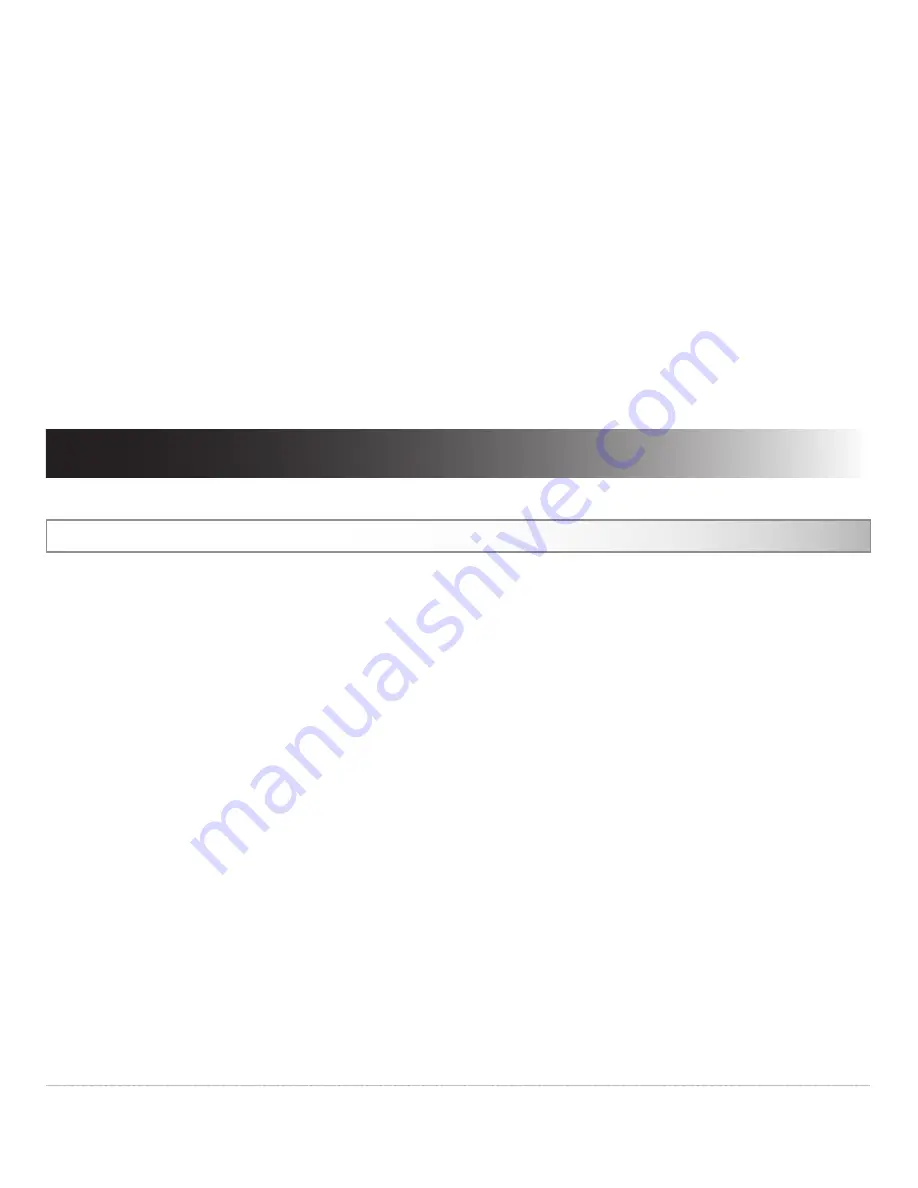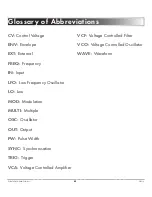
Studio Electronics Boomstar Manual
64
Filter Talkers / The Ancient Chinese
waves as it overdrives) which is why I like using the 4075 for deep drum
and percussion sounds. It’s dry sounding and organic, also great for very
etherial and rubbery sounds. It’s -24db, but not quite as crisp in the high
end as the ladder based designs. That’s normal...
The
SEM
filter is OTA based, and is -12db/octave. It is also a multi mode
filter (highpass, lowpass, bandpass, notch, and various mixes in between).
It’s ballsy, crisp and clear, and gain actually increases with resonance, but
the filter will not go all the way to oscillation at high settings (due to parts
tolerances, some might--but not all).
The Ancient Chinese
7.1 “Broom Star”
(controlvoltage @ Gearslutz.com)
“Has anybody mentioned how “Boomstar” is a play on “broom star,” the
ancient Chinese term for a comet?
That keeps this synth name in the realm of cosmic/celestial objects, in the
grand tradition...” Thank you
controlvoltage, this is news to us!
Our research shows, in “The Records of the Grand Historian, or Shiji (or
Shi Chi),” written more than a century later ‘round about midnight on one
fine evening/day in 100 B.C., one can discover how the “
broom star
”
[bristly tail yo], in 240 B.C. was “seen at the north direction and then at the
west direction... during the summer the Empress Dowager died.” Variant
readings interpret its appearance in the east and movement north-ish.
THE
POINT BEING
, the
broom star’s
albedo, or reflection coefficient, derived
from Latin albedo “whiteness” (or reflected sunlight), is the diffuse reflectivity
or reflecting power of its surface. Got it? And, the STUDIO ELECTRONICS
BOOMSTAR
is fashionably galactic, that midnight bit notwithstanding.

















